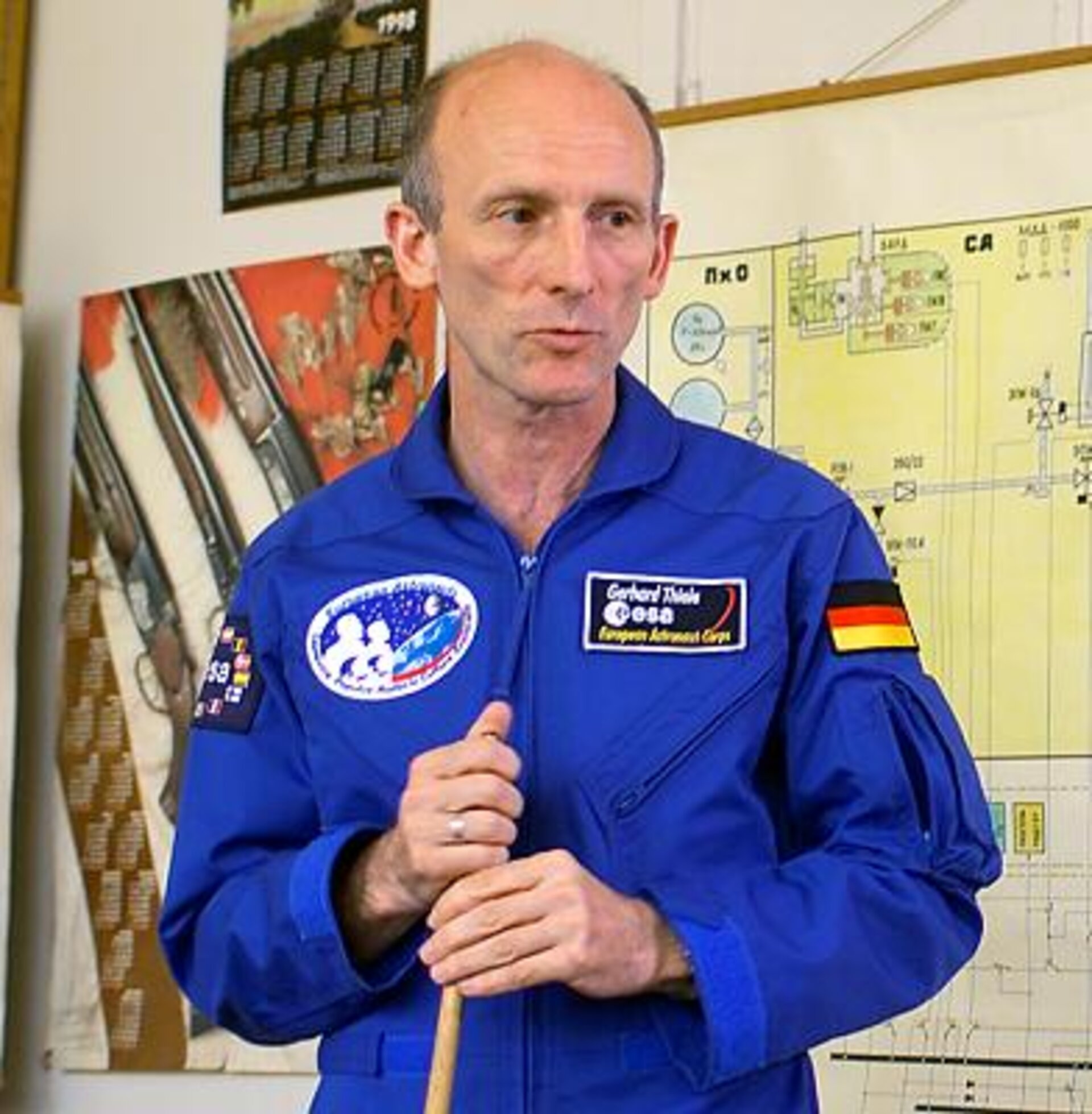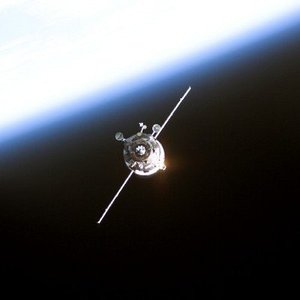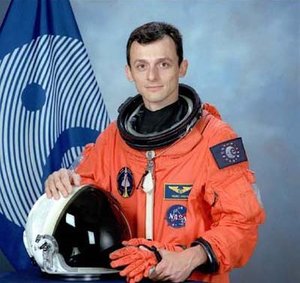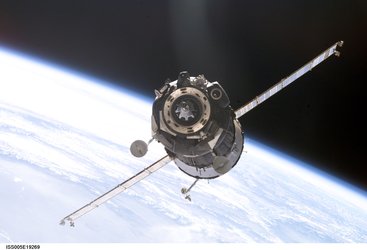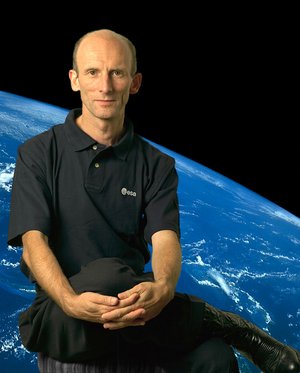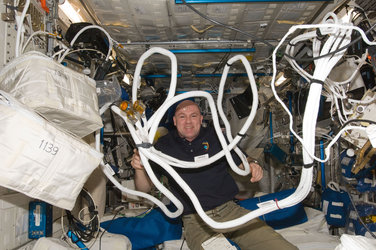Back-up role for Gerhard Thiele
Since May this year, ESA astronaut Gerhard Thiele has been training at the cosmonaut training centre at Star City, near Moscow. He is preparing for his role as back-up crew to André Kuipers, who is scheduled to fly on a Soyuz mission (8S) to the International Space Station (ISS) in spring 2004. Gerhard Thiele reports on his experience in Russia so far.
Operational duties
After almost two years of management duties within the Astronaut Division at EAC, it is time again for a task that is more operationally oriented. My nomination as back-up for André Kuipers has provided me with my first experience of prolonged training at Star City.
Pairing up
André is currently serving as back-up for Pedro Duque, who will fly to ISS at the end of October. Since André is involved in this mission we have not yet 'paired up' for his own flight in 2004.
As of November, once Pedro's flight is completed, André and I will train together for the flight, each in our respective roles as prime and back-up crew. During André’s flight I will support the mission from TsUP, the Russian Mission Control Centre, in Moscow.
Exams

My training started in mid-May after a delay of a few months due to the Columbia accident and is now in full swing. The first systems of the Soyuz TMA spacecraft have been studied in depth and several successful exams have confirmed that the training is going well.
ISS training runs in parallel and represents, much to my surprise, a significant portion of the training given to long-duration crewmembers, at least for some Station systems.
Intelligent Soyuz
The training in Russia emphasizes the big picture and, at the same time, goes into great detail from the very beginning. As I understand more and more about the Soyuz spacecraft, my admiration for the constructers of this vehicle grows steadily.
The Soyuz is an incredibly intelligent vehicle, which contains exactly the equipment necessary for flying into space - nothing more and nothing less. The solutions to certain technical problems are often surprising. The beauty of the Russian design lies in its simplicity!
Intensive language training

Obviously, one of the greatest challenges is the Russian language. An average of eight hours per week of intensive language training is not yet enough to follow the training in Russian. Consequently, an interpreter is needed to translate during the training sessions. While the interpreters are very helpful and essential at this stage of training, it is also true that the time of effective teaching is roughly cut in half. However, the total training hours for the various courses are the same as for our Russian colleagues. As a result, intensive self-study has become a trademark for the European astronauts training in Star City.
Enriching journey
The experience with a new culture, the new language and the Russian people, is altogether a staggering enrichment. Although visits to Moscow, the city which many consider to be the heart of Russia, have been few and far between, I was able to get a first glimpse of a world that until today I knew only from the news or books.
Although the situation has changed dramatically since the first European astronauts came to the then Soviet Union roughly 20 years ago, it is still an adventure to come, work and live here in Star City. How you approach this journey forms the basis of mission success.


